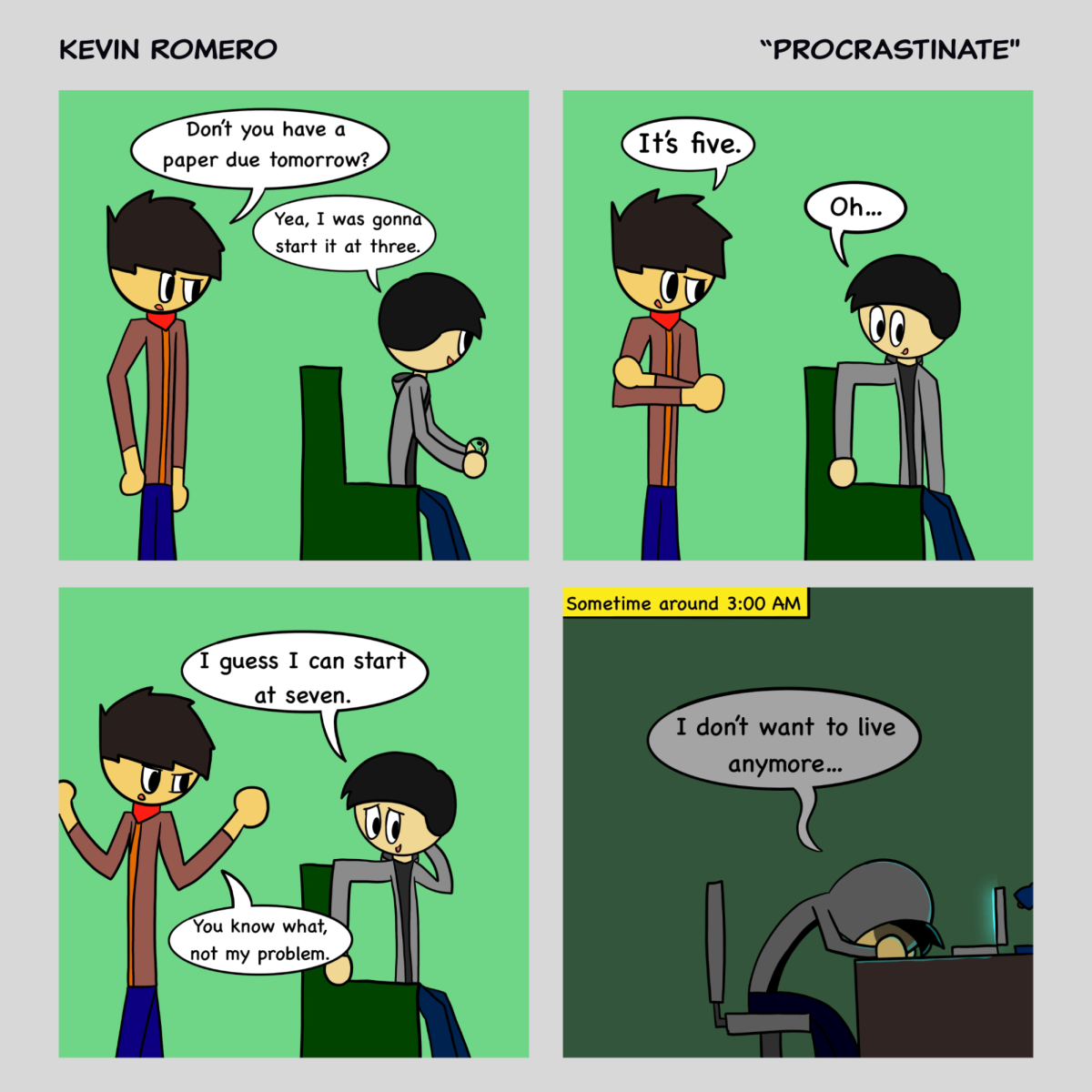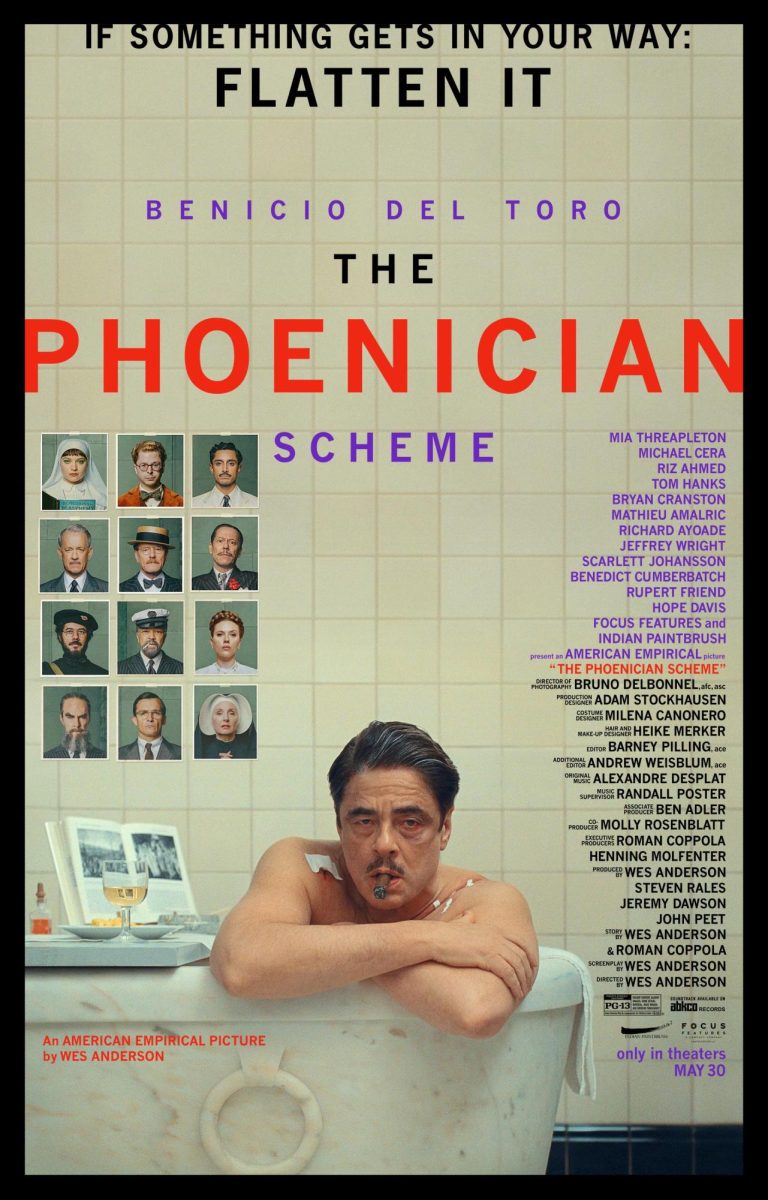
I originally fell in love with Shovel Knight on the 3DS in middle school. I remember bringing it to school just so that I could play it underneath my desk. Everything about it was fantastic, from the art style to the music to the gameplay. Then, one night, I was watching YouTube videos when I stumbled upon a particularly strange one…
It showed somebody playing as one of the bosses in Shovel Knight, Plague Knight. Upon further investigating, I came across a code that I had to put in on the title screen. Curious, I grabbed my 3DS and put in the same code. Suddenly, I had unlocked the ability to play as a completely different character. I was excited to play through the game again as Plague Knight, but what I wasn’t expecting was a completely separate story with completely different gameplay.
This unexpected addition only grew. A few years later, another mode was released that added a new character to play as with a new story. Then, a few years after that, the final playable character was released, also with, yet again, a new story. What started out as just Shovel Knight turned into Shovel Knight Treasure Trove, a game with four separate stories with four separate characters.
But what is Shovel Knight even about? Well as you might’ve guessed, you play as a knight who uses a shovel rather than a sword. You can use it to hit enemies, dig up piles of treasure, and more! The adventure begins with a cutscene telling the story of how Shovel Knight’s partner, Shield Knight (every main character is a “knight”), was lost to a mysterious tower. After a while, an evil group of knights emerges, so Shovel Knight must pick up his shovel again to save the world. Yeah, the premise is basic, but this is just one part of a four-part story.
Anyway, Shovel Knight’s campaign (dubbed “Shovel of Hope”) is amazing. Each level is masterfully crafted, requiring you to use all your abilities to defeat enemies and complete platforming challenges. It’s pretty challenging, but that’s what makes it fun. You will die, and you will slowly become better as a result of it.
Each level has a boss at the end of it, which takes the form of another knight. For example, one level takes place on a snowy mountain, and the knight at the end is named Polar Knight. These boss fights are very fun, and they provide a different challenge other than tight platforming.
But that’s just one piece of the puzzle. Some of these bosses aren’t just there to be evil. Three of them, Plague Knight, Specter Knight, and King Knight, have their own adventures which can be chosen from the title screen.
I’ll start with Plague Knight’s story (dubbed “Plague of Shadows”). He acts as a boss in the other stories, yet he’s the star here. Instead of using a shovel, Plague Knight throws bombs to damage enemies. His movement is different from normal, as he can launch himself into the air to get to higher ground, alongside his normal jumps.
This story takes place at the same time as Shovel Knight’s. It’s basically the same order of events but from the perspective of Plague Knight. I actually prefer Shovel Knight’s gameplay over Plague Knight’s. While both are super fun to play as, being able to hop on top of enemies with your shovel and having a more sword-like weapon is more enjoyable.
The third story follows another boss in the game, Specter Knight (dubbed “Specter of Torment”). This is probably my favorite campaign, because Specter Knight’s gameplay is phenomenal. He has a slash attack with his scythe, but he can also lock onto targets and slash through them to get to higher ground or just to obliterate them. He also has wall climb and wall jump abilities, which allow him to traverse levels differently from the other characters.
Unlike the other two stories, Specter Knight’s levels are tailored to him. You are no longer replaying the same levels as a different character because the layout of each level is different to accommodate Specter Knight’s abilities. This, coupled with his story makes for an amazing playing experience.
Specter Knight’s story takes place before the events of the other two. It’s the story of how he got all the knights together to form their evil group. I don’t want to spoil anything, but the characterization and writing in this particular story are the best in the game. I would save this story for after you complete the first two, even though it takes place before. Trust me, you’ll thank yourself if you do.
The final story follows yet another boss from the game, King Knight (dubbed “King of Cards”). This campaign is by far my least favorite. Again, this story takes place before the first two. It’s about how King Knight becomes, well, the king. He can attack enemies by dashing into them, which will then give him a spin-boost into the air where he can damage enemies by landing on top of them. This gameplay is fine, but it’s a little clunky and not as enjoyable as the other characters.
What’s new in this mode is the addition of Joustus, a new card game that can be played. I don’t like this mini-game at all. I was never the biggest fan of card games to begin with, but this takes it to a new level. I don’t think it’s designed well, and I don’t have fun playing it. All-in-all, I think King Knight’s story is just not even close to as fun as the other three.
But story and gameplay is just one piece of the puzzle here.
What really draws me towards this game is the art direction. Shovel Knight Treasure Trove is built to resemble a Super Nintendo Entertainment System game, with pixelated graphics and design. It may sound undesirable at first, but it works in the game’s favor. The colors are beautiful, with each character and set piece being candy for the eye. This coloration is possible largely thanks to the simplified graphics. With a small studio working on this game, it gives them more time to make everything pop rather than trying to improve graphical quality.
What I really enjoy about the art design is the utilization of it stylistically. The game takes place in a medieval-ish world, and these graphics are a callback to those old-school fantasy games. The game presents itself as such, which helps to immerse the player in the world.
With a game like this, narrative and graphics aren’t going to be as useful when it comes to captivating the player. Instead, the developers opted for an approach that felt relevant to the game’s world but also was within their capabilities. Thus, they settled on their pixelated art design to capture the feeling of what came before. It scratches that nostalgia itch while also providing a modern pinch.
The last thing I want to mention is the music. The music in this game is so beautiful that I like to just stand around in certain locations just to listen. I don’t know what the composer (Jake Kaufman) was doing when he wrote the music for this game, but he should keep doing it. It’s so good that if the soundtrack doesn’t play at my funeral, I’m not showing up. It complements the game perfectly, and never fails to get me hyped. Honestly, I would not fault you for just buying the game for its soundtrack. I would think you’re a little weird for not just searching up the soundtrack on YouTube, but I wouldn’t fault you.
Shovel Knight Treasure Trove is fantastic. From the music to the art direction, nothing fails to invest me in the game. The story, while pretty weak in the individual modes, is pretty good once you piece everything together. Giving the player four characters to choose from is a welcome edition, even if one of them is a little underwhelming. Overall, I’d argue that this game is worth your time. It’s exceptional in almost every aspect. And if you ever get bored with it, just enable cheats. You can do that from the main menu, just look it up! Although, a true knight wouldn’t cheat; they’d dive headfirst into any challenge, even if the odds were against them.
Score: 8.5/10













